The 5 Directors that Defined Philippine Cinema
Lights, camera and action! For many years, the art of film has been a narrative tool that gives us a form of escape every time we sit and prepare ourselves what’s to look forward in the big screen– set pieces, dialogue, elaborate camera movements, as well as actors and actresses that brought life to the beloved characters that we swoon, love, laugh and those we need to hate. This narrative medium grew over the years, many directors emergde, film festivals flourished and created endless dynamic horizons to filmmakers as well as bringing international waves closer to one another.
But mainly speaking, when we talk about legends, there’s Kurosawa, Lean, Kubrick, Hitchcock, Riefenstahl and others. These days, the Philippine film scene has caught a lot of attention internationally, particularly with the indie scene that mostly tackles on poverty porn. And since we’ve mentioned that said part, here’s a list of the Filipino directors that made it all possible:
- Lino Brocka
One of the most influential and successful filmmakers in our country, this director has made a lot of films that showcased that were loved and became classics of Philippine Cinema.
His diversity, from a heartwarming film like Tinimbang ka Ngunit Kulang(1974, Human Imperfections) as well as a provocative, gritty iconic film like Maynila sa Kuko ng Liwanag(1975, Manila at the Claws of Light), , featuring the landscapes and vicinity of the capital. It received a lot of praise, mainly for depicting the cruel sides of society; gained Best Picture, Best Director, Best Screenplay, Best Cinematography, Best Actor, and Best Supporting Actor at the 1976 FAMAS awards and the restored version was screened at the Cannes Classics section at the Cannes Film Festival 2013.
- Eddie Romero
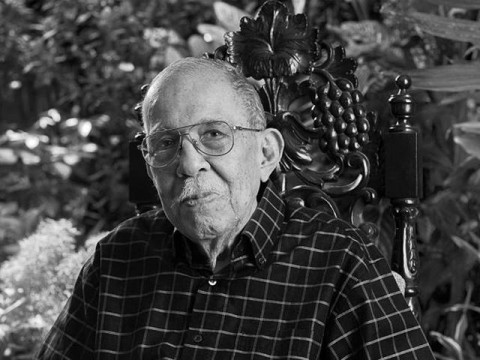 If you’re in to historical epics, he’s the one who made some works that were memorable and gave us a view of History without flipping a page from a textbook. Ganito Kami, Paano Kayo Ngayon?(1976, This is how we were, How are you doing now?) would be one example that tells the story of people living at the backdrop of the Spanish and American colonization. And for something folklore, Kamakalawa(1981) and he also has a notable TV adaptation of Rizal’s masterpiece, Noli Me Tangere(1992).
If you’re in to historical epics, he’s the one who made some works that were memorable and gave us a view of History without flipping a page from a textbook. Ganito Kami, Paano Kayo Ngayon?(1976, This is how we were, How are you doing now?) would be one example that tells the story of people living at the backdrop of the Spanish and American colonization. And for something folklore, Kamakalawa(1981) and he also has a notable TV adaptation of Rizal’s masterpiece, Noli Me Tangere(1992).
What makes his films standout would be his minimalist touch in it: precise and calculated, which earned him a well-deserved ‘National Artist’ award in 2003. Aside from his acclaimed works, he has also done some foreign features like 1972 horror flick,Twilight People (also cited by Quentin Tarantino inspiration on his Grindhouse films) and workedwith actors like Pam Grier and John Ashley.
- Mario O’Hara
A playwright, screenwriter and a filmmaker, Mario O’Hara made up his reputation as an artist over the years of his career. Realism is everything, when it comes to his works as a director, especially with his films that tackles the black, white and grey sides on various subject matters that have the right amount of intrigue; Bulaklak sa City Jail(1984, Flower in the City Jail) delves on the day of the life of an inmate, followed by Condemned, which tells the story about a flower vendor, and a hired gun for a syndicate, these two crime flicks were well-received for depicting a gritty, bleak crime scene of Manila and both featured the superstar Nora Aunor.
- Ishmael Bernal
If you were struck by his miraculous style of direction, Ishmael Bernal made his name through the melodrama genre, moral issues that explore the depth of a character, which shows their vulnerability and nuance, Himala(1982, Miracle) is a film that identify his work as a director; set in a town, Cupang, an orphan claims was granted with an ability to heal any form of illness, Bernal’s direction showed different perceptions of the phenomena through the individuals coming from different lives and we get to see how their lives affect it and others who were dazzled and awes-struck by it .
The film’s theme of universal faith being objective made this film to a classic adored by audiences. It was in competition at 1983 Berlin International Film Festival, and its restored version re-released again and screened internationally at the 69th Venice Film Festival.
- Marilou Diaz-Abaya
As we’ve mentioned the directors above, who were known for their works for depicting society in the context of character-driven films, a prolific director, from Karnal to Jose Rizal to Bagong Buwan Marilou Diaz-Abaya was well-known with her films that showcases a huge scale of her films that surrounds on society, profound and human struggle and larger-than life stories.
Her take on Jose Rizal(1998) is said to be the most expensive film in the history of Philippine cinema, which costs at P80 million, but it paid off well, the film focused on Rizal as a whole and explored his sides: a struggling doctor, artist and a human being, not to mention, it also received a lot of awards at Gawad Urian, FAMAS and Metro Manila Film Festival Awards. And other than that, it was competed and screened on numerous international film festivals such as Berlin, Pusan, Madrid, Paris, Fukoka, San Francisco and many others.
Other than her achievements as a director, she was also active as a director of Film Development Council of the Philippines(FDCP) and conceived Marilou Diaz-Abaya Film Institure and Arts Center, which she showcase her and taught her expertise and experience as a filmmaker.
**********
With the achievements of these directors, I think what stands out the most in the film scene here is that they were able to inspire bravery, dig deep into topics and themes that may seem unusual or taboo, poverty porn for example, seem to make the audiences uncomfortable but it ushers reality and allow them look in a bigger picture. Our cinema may not have over-the top CGI, Kung Fu or those extravagant samurai, but our individuality and expressiveness as a whole makes up to it.

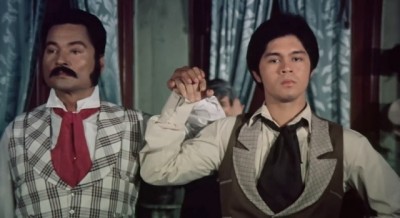

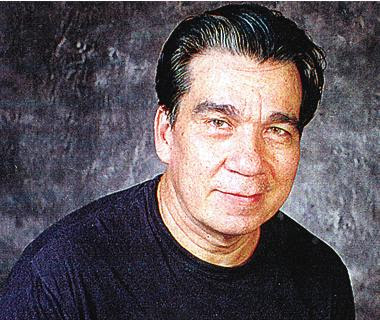
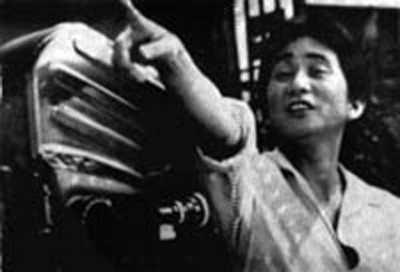
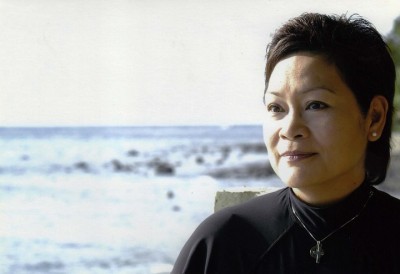
















Talagang NORA AUNOR movies defined the Philippine Cinema with these directors. Si Ate Vi, walang impluwensya ang mga choices ng movies nya.